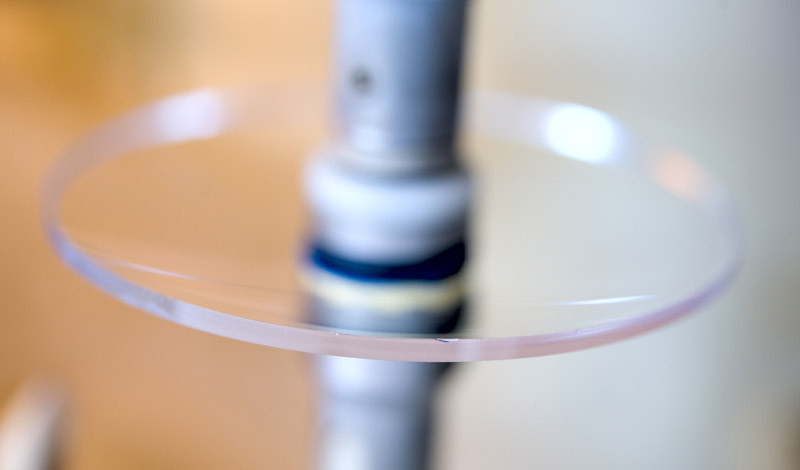
Posted on
In our last post, Why Use IAD, we talked about how IAD (Ion Assisted Deposition) works, and some of its benefits. This time, we’re going to dive into the five biggest benefits of using IAD and take a look at some options you have regarding your ion source.
The Benefits of IAD
- Improved film properties: IAD provides you with very dense films for higher performance. The IAD process leaves fewer voids during deposition and also allows fewer water molecules to enter the vapor, making for better moisture resistance of the final film. IAD films are also “shift free” and low-k, meaning they have a lower dielectric constant as compared to SiO2.
- Polymer coating is possible: IAD can be done at a lower substrate temperature, allowing for the coating of materials that have lower melting temperatures, such as polymers.
- Low contamination: Because IAD uses a secondary ion source, this permits pre-cleaning of the substrate for lower contamination. The secondary ion source also allows for ion etching to be performed.
- Small form factor source with a large coverage area: The ion sources offer a small physical footprint within the chamber but can still provide a broad coverage area for thin film deposition.
- Lower cost of ownership: IAD offers several cost benefits, including a high level of throughput, similar to e-beam evaporation, and high uptime for longer, uninterrupted runs allowing for fifty or more multi-layer stacks without interruption. This system also offers a long mean time between maintenance (MTBM), for less downtime and easier overall system upkeep.
Ion Source Alternatives: DC or RF?
Are you debating between a DC or RF ion source? DC sources use a filament, which can cause heating and have a shorter lifetime. Contamination is also likely. DC sources also offer limited compatibility for reactive gases. RF sources, which typically offer a plasma bridge neutralizer, also use a filament and have the same challenges as DC sources in that respect. However, RF sources have a high range of energy tunability for greater control.
The Best Ion Source Self-Neutralizes
At Denton, we recommend an RF ion source with a self-neutralizer, as opposed to the standard plasma bridge neutralizers. This variation offers high tunability with no filaments. Having no filaments means that minimal heating of the substrate is required, which allows for the coating of materials with lower melting points, and that you will find extended uptimes for higher volume runs. In addition, a self-neutralizing RF source is also 100% reactive gas compatible, meaning that this can be used to for oxide and nitrite deposition.
Looking for even more to read on ion sources? Download our technical paper: Characterization of a Plasma Ion Source and of Ion Assisted Deposited Optical Thin Films